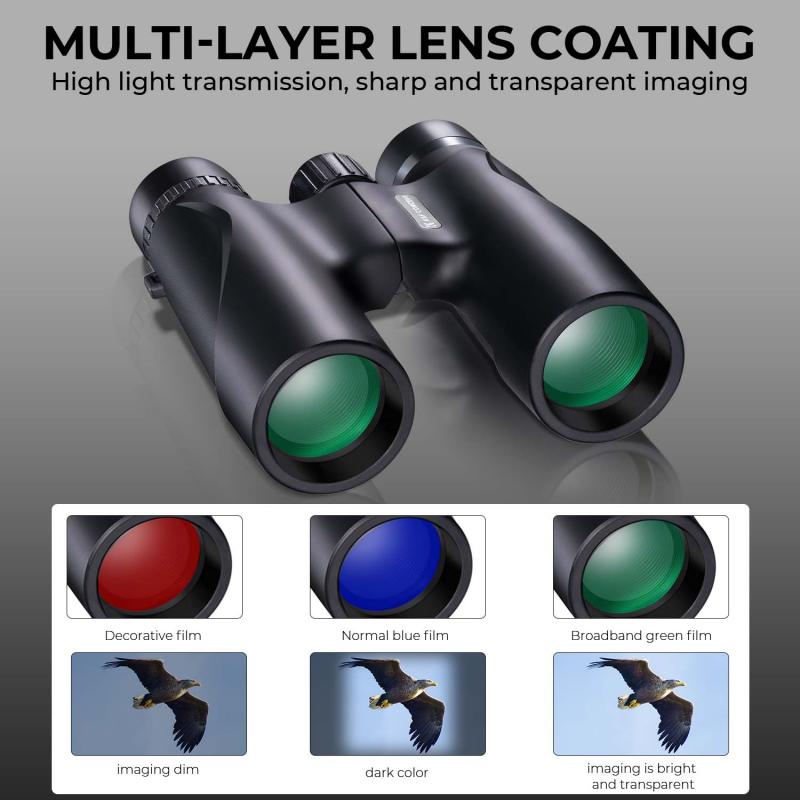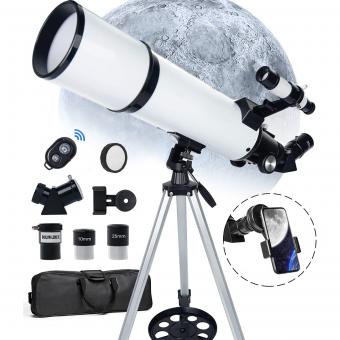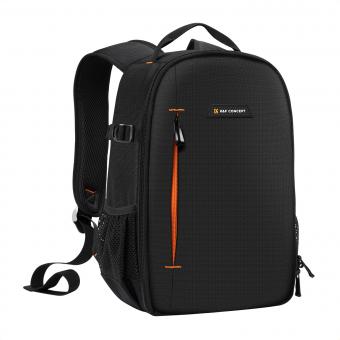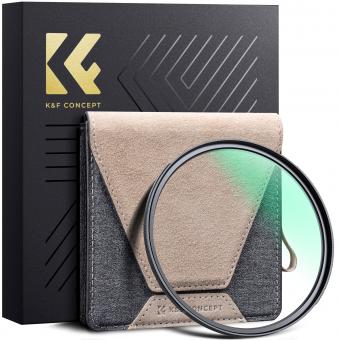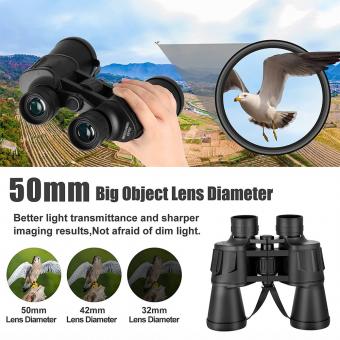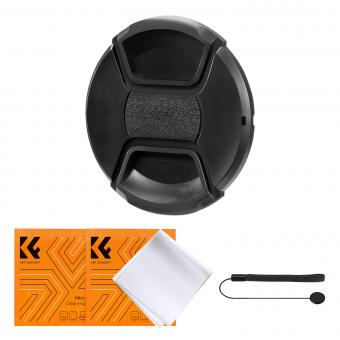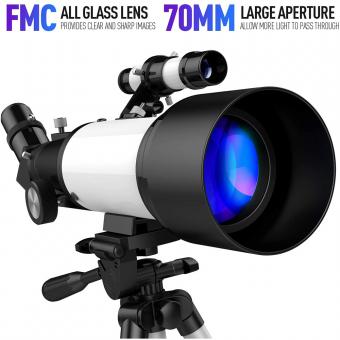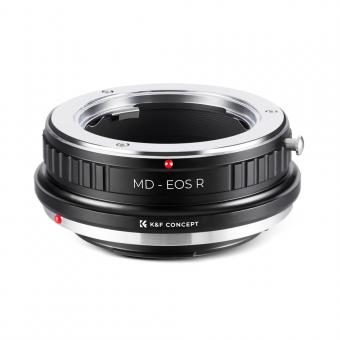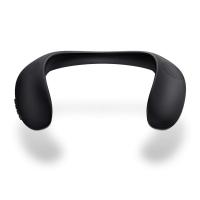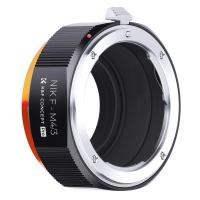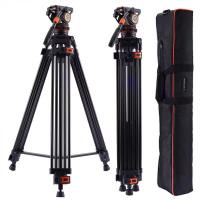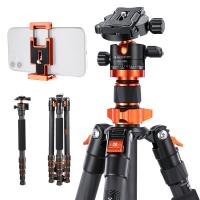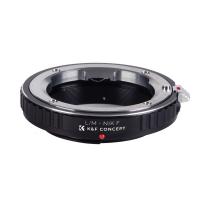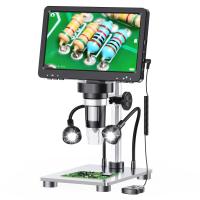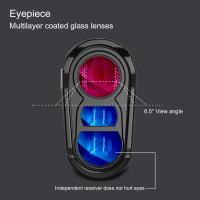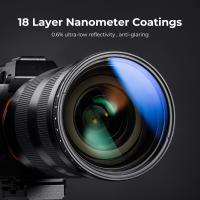What Telescope To Buy For Astrophotography ?
There are several telescopes that are suitable for astrophotography, depending on your budget and specific needs. Some popular options include the Celestron NexStar 8SE, the Orion SkyQuest XT10i IntelliScope, and the Meade LX200-ACF. It's important to consider factors such as aperture size, focal length, and mount stability when choosing a telescope for astrophotography. Additionally, you may want to invest in a good camera and accessories such as a tripod, filters, and a remote shutter release to enhance your astrophotography experience.
1、 Aperture size
"What telescope to buy for astrophotography" is a common question among amateur astronomers. The answer to this question depends on various factors, including the budget, the type of astrophotography, and the level of experience. However, one of the most important factors to consider when buying a telescope for astrophotography is the aperture size.
Aperture size refers to the diameter of the telescope's primary mirror or lens. The larger the aperture size, the more light the telescope can gather, resulting in brighter and sharper images. For astrophotography, a larger aperture size is preferred as it allows for better resolution and detail in the images.
However, a larger aperture size also means a heavier and more expensive telescope. Therefore, it is essential to find a balance between the aperture size and the budget. A good starting point for astrophotography is a telescope with an aperture size of at least 80mm.
In recent years, there has been a growing trend towards using smaller telescopes with faster focal ratios for astrophotography. These telescopes, known as "fast" telescopes, have a wider field of view and can capture more light in a shorter amount of time. They are also more portable and easier to set up, making them a popular choice for astrophotographers.
In conclusion, when buying a telescope for astrophotography, it is crucial to consider the aperture size. A larger aperture size will provide better image quality, but it comes at a higher cost. However, with the latest advancements in technology, smaller and faster telescopes are becoming a popular choice for astrophotography.
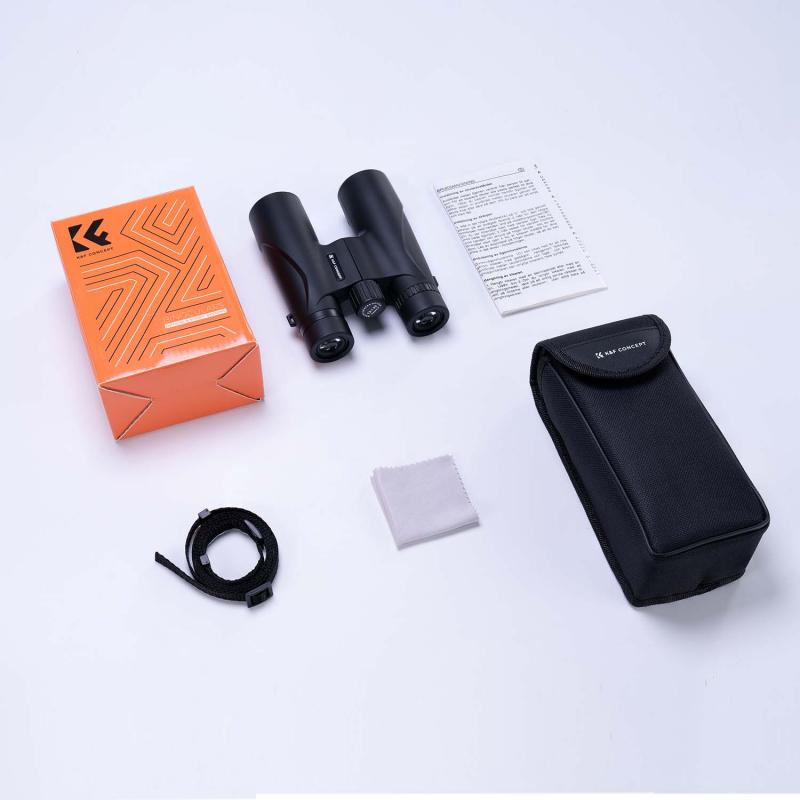
2、 Focal length
"What telescope to buy for astrophotography" is a common question among amateur astronomers who want to capture stunning images of celestial objects. The answer to this question depends on several factors, including your budget, experience level, and the type of astrophotography you want to do.
One of the most important factors to consider when choosing a telescope for astrophotography is focal length. Focal length determines the magnification and field of view of the telescope, which are both critical for capturing high-quality images of celestial objects.
For deep-sky astrophotography, a telescope with a long focal length is typically preferred. This is because a longer focal length allows you to capture more detail and magnify faint objects. However, a longer focal length also means a narrower field of view, which can make it more challenging to find and track objects.
On the other hand, for wide-field astrophotography, a telescope with a shorter focal length is usually better. This is because a shorter focal length provides a wider field of view, making it easier to capture large objects like the Milky Way or constellations.
In recent years, there has been a growing trend towards using refractor telescopes for astrophotography. Refractors are known for their excellent image quality and low maintenance requirements, making them a popular choice among astrophotographers.
Ultimately, the best telescope for astrophotography will depend on your individual needs and preferences. It's important to do your research and consider factors like focal length, aperture, and image quality before making a purchase.

3、 Mount type
What telescope to buy for astrophotography is a common question among beginners and experienced astrophotographers alike. The answer depends on several factors, including your budget, experience level, and the type of astrophotography you want to do.
For deep-sky astrophotography, a refractor telescope with a large aperture and a fast focal ratio is ideal. A popular choice is the William Optics Zenithstar 73, which has a 73mm aperture and a focal ratio of f/5.9. It is lightweight and portable, making it easy to transport to dark sky locations. Another option is the Explore Scientific ED102, which has a 102mm aperture and a focal ratio of f/7. It is a bit heavier than the Zenithstar 73 but offers better image quality.
For planetary astrophotography, a telescope with a long focal length and a high magnification is necessary. The Celestron NexStar 8SE is a popular choice, with an 8-inch aperture and a focal length of 2032mm. It also has a built-in computerized mount, making it easy to track planets as they move across the sky.
When it comes to mount type, there are two main options: equatorial and alt-azimuth. Equatorial mounts are better for astrophotography because they can track the movement of the stars more accurately. However, they can be more complicated to set up and use. Alt-azimuth mounts are easier to use but may not be as accurate for long exposure astrophotography.
In conclusion, the best telescope for astrophotography depends on your specific needs and preferences. Consider your budget, experience level, and the type of astrophotography you want to do before making a purchase. Additionally, it is always a good idea to do some research and read reviews from other astrophotographers before making a final decision.
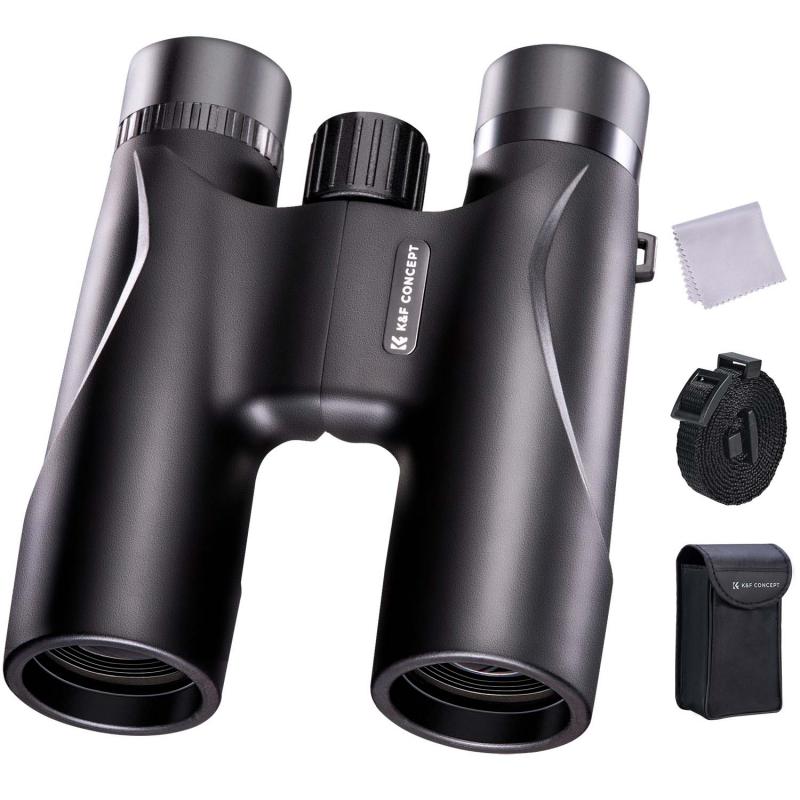
4、 Autoguiding capability
"What telescope to buy for astrophotography" is a common question among amateur astronomers who want to capture stunning images of the night sky. The answer to this question depends on several factors, including the type of astrophotography you want to do, your budget, and your level of experience.
If you are interested in deep-sky astrophotography, you will need a telescope with a large aperture and a long focal length. A refractor telescope is a good choice for this type of astrophotography because it produces sharp, high-contrast images. However, a reflector telescope can also be a good option if you are on a budget.
Another important factor to consider when choosing a telescope for astrophotography is autoguiding capability. Autoguiding is a technique that uses a separate camera and software to track the movement of the stars and make small adjustments to the telescope's position. This helps to eliminate the effects of tracking errors and produce sharper, more detailed images.
In recent years, there has been a trend towards using smaller, more portable telescopes for astrophotography. These telescopes are often designed specifically for this purpose and come with built-in autoguiding capability. They are also more affordable than larger telescopes, making them a good choice for beginners or those on a tight budget.
Ultimately, the best telescope for astrophotography will depend on your individual needs and preferences. It is important to do your research and choose a telescope that is well-suited to the type of astrophotography you want to do, and that fits within your budget and level of experience.
